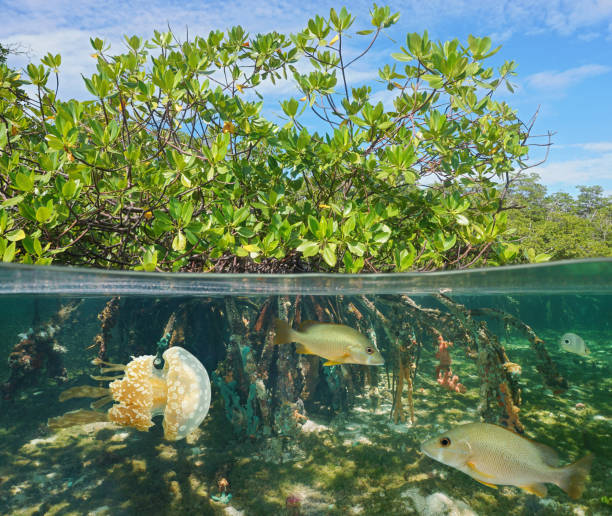Discover the Importance of Mangrove Forests: Coastal Protection and Biodiversity Hotspots

Mangrove forests are unique ecosystems found along coastal regions, primarily in tropical and subtropical areas. They consist of salt-tolerant trees known as mangroves, which can survive in both salty seawater and freshwater. These forests are a vital natural shield against coastal erosion and play a key role in protecting shorelines from storms and strong tides.

Mangrove trees are particularly fascinating because of their aerial roots, which rise above the soil to absorb oxygen, essential in waterlogged, low-oxygen environments. This adaptation allows them to thrive where most other plants cannot survive. Additionally, these forests are rich in biodiversity, providing shelter and breeding grounds for a wide range of species, including fish, crabs, and migratory birds.

Environmental Benefits of Mangrove Forests
- Coastal Protection: Mangroves act as natural barriers against storm surges, high tides, and coastal erosion, helping to protect human settlements near coasts.
- Carbon Sequestration: These forests store large amounts of carbon, making them crucial in the fight against climate change.
- Rich Biodiversity: Mangrove forests are home to various fish, crustaceans, mollusks, and bird species, supporting entire ecosystems.
How Mangroves Support Local Communities
Local communities near mangrove forests benefit immensely. They rely on these forests for fishing, timber, and natural resources that support livelihoods. Sustainable use and conservation are essential to maintaining these benefits, as mangrove destruction can disrupt these ecosystems and affect people who depend on them.

